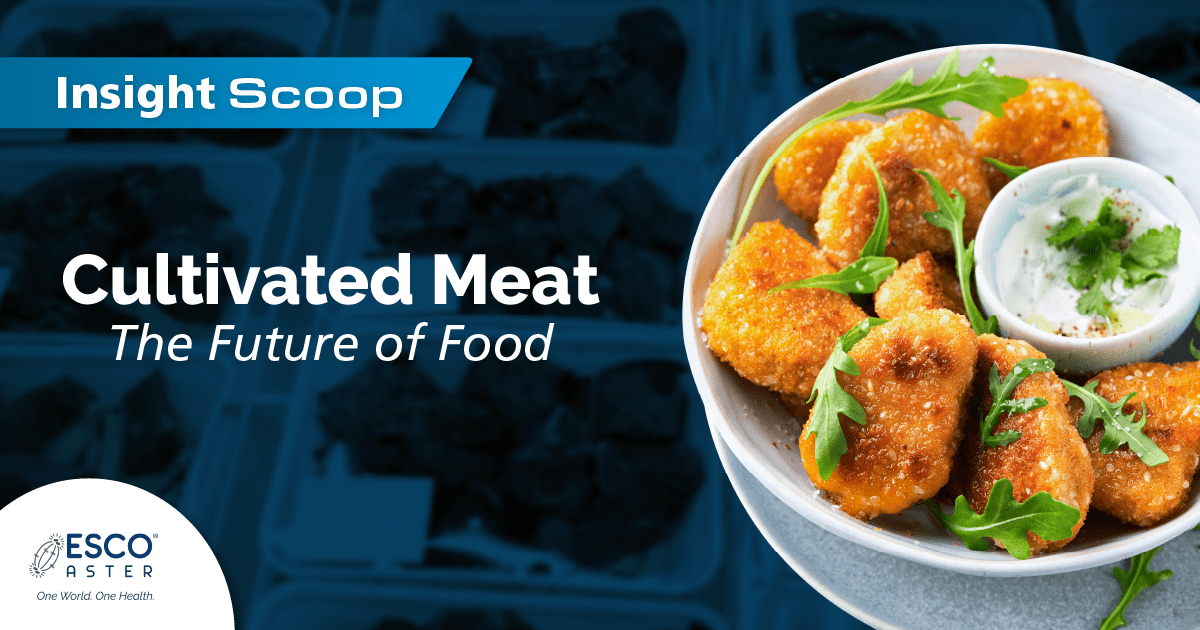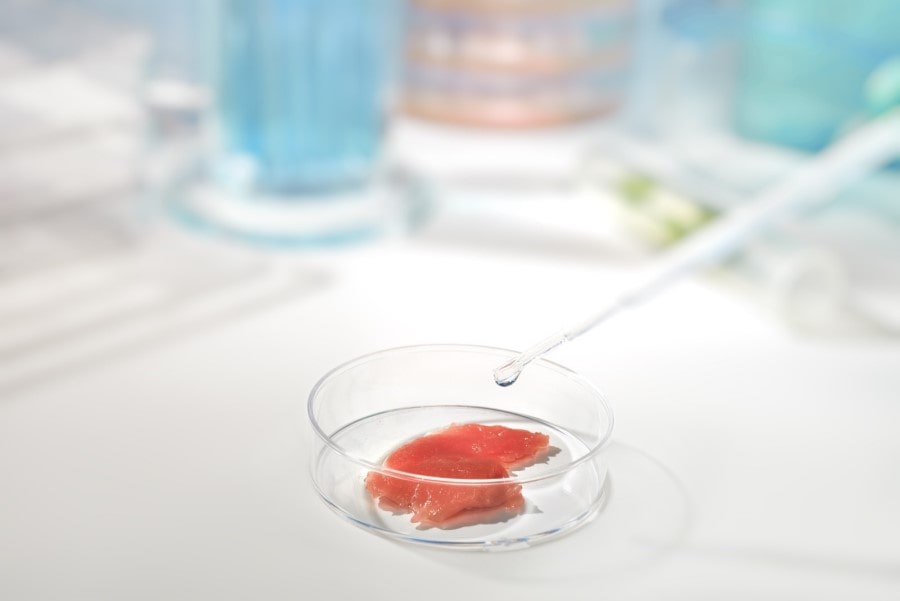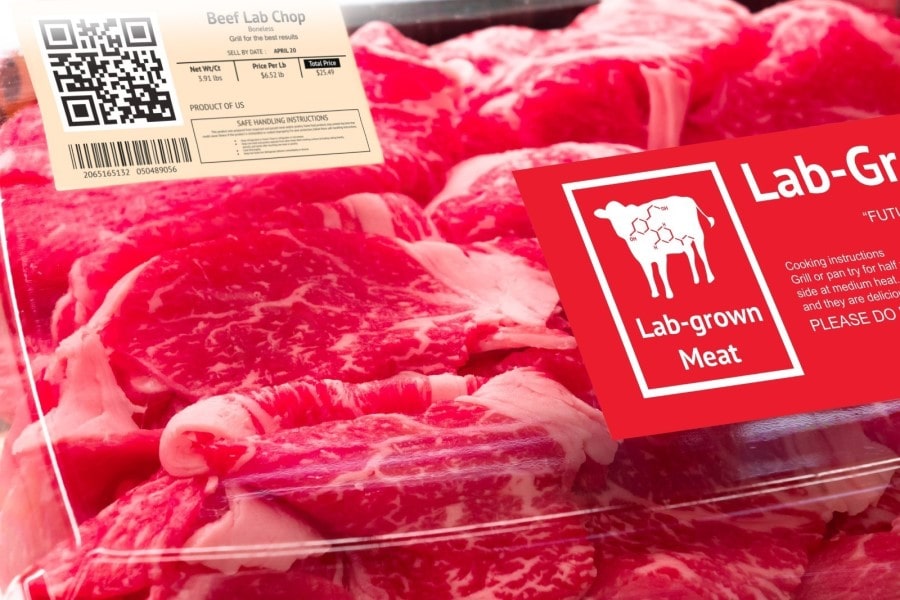
Due to our growing population, unsurprisingly comes more demand in food production. Meeting this urgency has become a significant challenge to the agricultural industry, especially having the pressure to decrease ruminant livestock production’s environmental, ethical, and human health impacts. A pressing need for a solution was raised, and cellular agriculture was seen as a great approach.
Cellular agriculture is an emergent field involving tissue engineering, stem cell biology, and genetic engineering that aims to produce animal products that are typically obtained from live animals. Even though it is still in its infancy, this biotechnology holds the possibility of producing a variety of cultured products from meat, milk, egg whites, and even leather.
Cellular agriculture is typically divided into two types: tissue engineering-based and fermentation-based cellular agriculture. The former makes use of cells or cell lines taken from living or recently deceased animals and are cultured to control cell proliferation and differentiation. The latter, on the other hand, does not use any tissue from a living animal. Instead, the process is done through the fermentation of bacteria, algae, or yeast that have typically been genetically modified by adding recombinant DNA. With this, they produce organic molecules like gelatin, casein, and even collagen that will later be used to manufacture products such as milk and leather.
The significance of this is to manufacture products that scientists refer to as “biologically equivalent” to those produced by living animals. In cellular agriculture, it is advantageous to study the molecular and genetic levels of materials to provide the same eating or usage experiences as one would compare with the livestock versions. This bioequivalence goal has distinctively separated cellular agriculture from the existing trend of plant-based protein products that also aim to seek meat resemblance but fails to have a biological equivalence.
One of the main products currently being extensively studied is cultivated meat. According to a life-cycle assessment by Tuomisto et al., the cultivated meat has the potential of reducing water usage by 82-96%, greenhouse gas emissions by 78-96%, reduced land usage by 99%, and 7-45% less energy use compared to the conventional production of beef, pork, lamb, and other types of meat. Its manufacturing will also help lessen unethical and unsustainable farming practices. Another key advantage of cultivated meat is the reduced biological risk and disease through its meticulously tailored production method that could also improve nutrition.

Producing cultivated meat has some reported challenges. When planning a large-scale production, factors including cell source, scaffold, culture media, and bioprocessing must be pondered thoroughly. In line with the efforts being done to create a muscle, suitable type of adherent cells, an effective scaffold, and bioreactor should be used. These materials and equipment should be able to mimic the in vivo environment and 3D culture to allow successful cell attachment, proliferation, and tissue development.
Esco Aster, contract development and manufacturing organization (CDMO) providing bioprocessing platforms and services, has been granted a license by the Singapore Food Agency (SFA) for the manufacturing of animal cell cultivated meat that has gone through SFA’s safety assessment review on 28th of July 2021. This was the first in the world to achieve this feat. Leveraging its capability on bioprocessing technologies, Esco Aster was able to have the green light from government regulators to produce cultivated meat for commercial sale.

Utilizing its wide range of solutions, from its proprietary bioreactors to its CDMO services, Esco Aster can now help cultured meat start-ups to elevate their small-scale phase to pilot and manufacturing scale for a soft launch and commercial distribution. Start-ups can be at ease knowing that Esco Aster’s facility, process, and technology are compliant with Singapore’s food administration. Presently, Esco Aster aims to cater to the demand for cultivated meat as its recognition expands globally. With this, foods that have long been enjoyed and loved by many can be provided sustainably, in an environ-mentally friendly way.
Sign up to our newsletter and receive the latest news and updates about our products!
